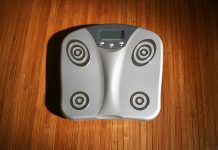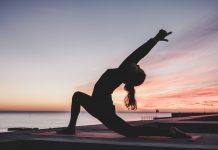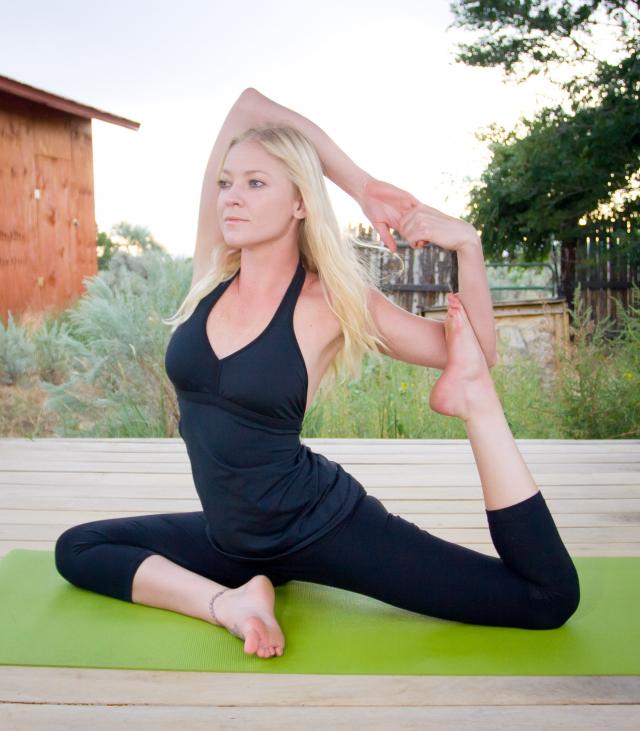Fully stretching a muscle or muscle group increases flexibility, improves performance levels, reduces the risk of injury, and helps develop optimal fitness. For more information on the benefits of stretching, visit the Cornell Fitness Center. See blog post.
“The Importance of Stretching”.
type of stretching
-Dynamic Strain:
Perfect for warming up before training or physical activity. These are controlled movements that prepare the muscles and soft tissues for activity by increasing blood flow and muscle temperature. The stretches should mimic the movements used during the activity. example:
Neck bends, shoulder rolls, side bends, hip circles, leg swings, calf raises, and more.
-Static Strain:
Best used during cool down after a workout/activity or as part of a stretching/strengthening routine. In this type, the muscle is in its current state of full extension and is held in this position for some time. example:
Hamstring stretches, quadriceps stretches, glute stretches, deltoid stretches, and more.
Technique
-warm-up. Start with 5-10 minutes of light cardio to warm up your muscles. This also relaxes and loosens the muscles in preparation for stretching.
-breathe. Holding your breath is counterproductive because it creates tension and resistance. Breathing out slow, deep breaths and stretching can help release any existing tension.
– avoid pain; Slowly enter the stretch until you feel no pain and tension. When you feel pain, it puts stress on your muscles and prevents you from relaxing.
-Timed adjustment. Stretch your muscles in smooth, slow movements without bouncing. Bouncing can damage the muscles and soft tissue around the joint. Slow, long stretches give all deep muscle fibers a chance to relax and stretch. For small muscle groups, hold the stretch for at least 10 seconds. For large muscle groups, hold for at least 30 seconds. Repeat each stretch 2-3 times.
– Symmetry. Aim for symmetry in your body’s flexibility. This can help reduce injury and compensate for movement. Stretch the front and back as well as the left and right sides of your body.
-Consistency. The best way to improve and maintain flexibility is to stick to a consistent stretching routine. Aim for 3 to 5 days a week.
-concentration. Focus on stretching the major muscle groups of the body.
neck; shoulders; arms; chest; upper, middle and lower back. hips; glutes; legs; & calves.
How to start
– If you’re not used to stretching normally, start slow and let your body get used to the stretch.
– Learn proper form and technique for each stretch for maximum benefit. -Stretching can be done at any time of the day. Start your training days with 5-10 minutes of dynamic stretching before your activity. End the activity with another 5-10 minutes of static stretching. Still, plan to stretch for at least 5-10 minutes on non-training days, and remember to warm up before stretching.













